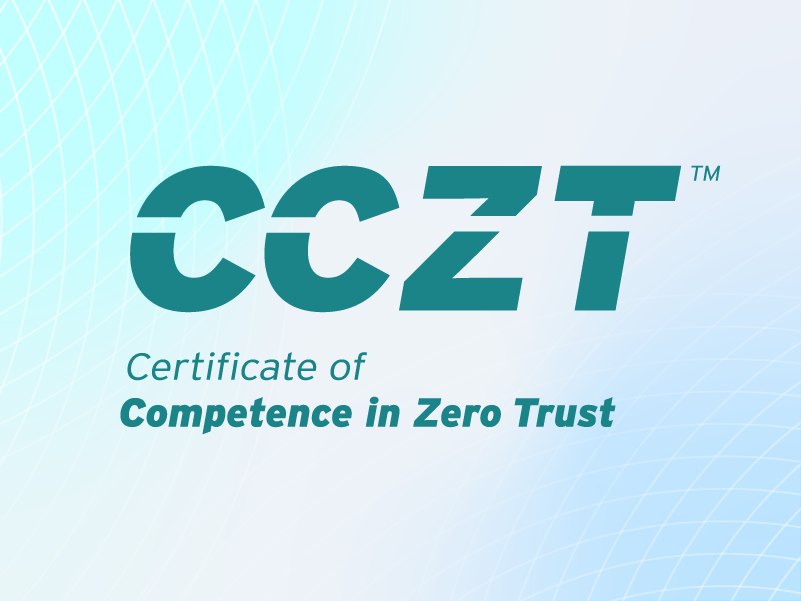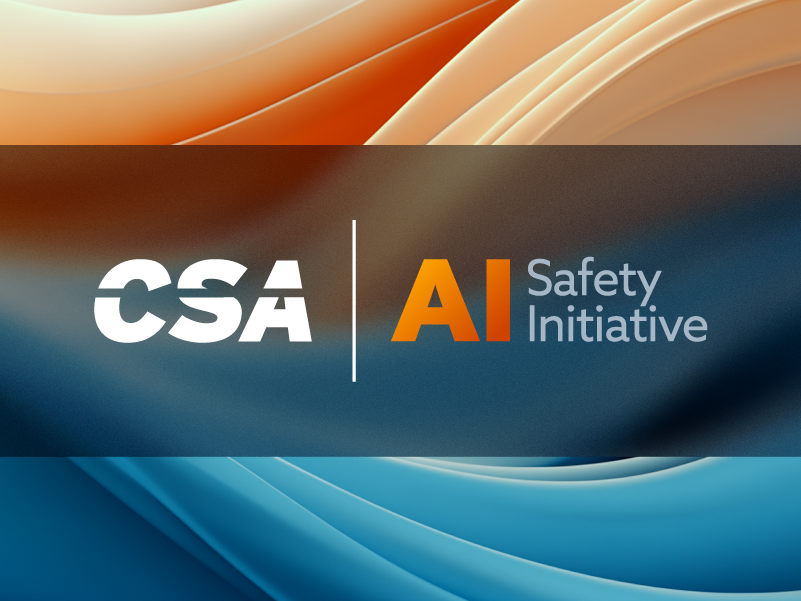Beyond Generative AI – My Journey to Expert-Guided AI
Published 10/31/2025
Introduction
I wrote my first data-driven guidance and measurement app when I founded my first software company three decades ago. Back then, AI was described as a “knowledge-based system!”
It became obvious that if I wanted to create an AI-assisted implementation for my cybersecurity software or any other topic, I needed to understand the nature of the beast. In the challenging journey into the unknown that we are all facing, I rapidly discovered that using GenAI alone was never going to cut it.
My specific goal was to create a cybersecurity system reflecting my organization’s purpose – Cybyr.com: Every Organization Protected. It should make recommendations and measure risk reduction over time, bringing guidance and measurable actions to life, just like a subject matter expert can do – but GenAI cannot.
However, although my personal destination was to create state-of-the art software, this article is about the journey to create a new form of AI-based tool for any subject.
I embarked on a path that used GenAI while recognizing its strengths and limitations that don’t become apparent until you use it every day.
Much more than that, I wanted users from all types of organizations to be appraised of the very latest developments and to ask for information Gen AI-style without the dated, risky, large language model approach, uncertain privacy, and mistake-ridden responses.
Understanding the Beast
|
GenAI Strengths |
Human Strengths |
|
|
|
GenAI Limitations |
Human Limitations |
|
|
How I combined Human and AI strengths to build my Expert-Guided Cybersecurity System
Cybersecurity needs to be a holistic business imperative for the whole organization. However, most organizations don’t have the resources to evaluate hundreds of vulnerabilities. This is why I built a proactive, expert-guided AI system blending human Zero Trust expertise together with generative AI. It needed to be transformative, informative, cutting-edge and secure by design:
Transformative
- Conducts a proactive investigation of each department in the organization – not just IT.
- Makes data-driven recommended actions based on Zero Trust and subject matter expertise, prioritizing the most urgent.
- Measures progress to remove vulnerabilities and reduce risk over time.
Informative
- Delivers the latest advice, in my case, from the world of cybersecurity.
- Guidance on all aspects of Zero Trust: identity, access control, policy management, monitoring, resilience, breach detection, supply chain management, etc.
- Up-to-the-moment distilled guidance on threats, news from top cybersecurity news sites, video series from experts, blogs, and key issues from 8,000 sources per month etc.
- Train users to effectively communicate with private and top Gen AI agents.
It’s an approach that is applicable to any topic, not just cybersecurity and it was all built using AI.
Building Something of Great Value for Your Project
There has been much made of the recent MIT study that revealed only 4% of AI projects result in a successful outcome. Here is some collective wisdom that I use to build mine that I hope will put you in that 4%!
- AI failures are typically not AI failures they are data management failures – management of the data is critical.
- Think carefully about what issue you are addressing. Is AI the right tool or are you just trying to find a use for AI, because there is pressure to do that?
- Keep it simple and go for the first quick win. Expand the solution. Do not try to “boil the ocean.”
- Do not get distracted or overwhelmed. Train your AI to ask you questions and not guess. Have it work one step at a time. Question everything to minimize its mistakes.
- Spend 20% of your time focused on the value of the outcome, 60% planning it and 20% having fun building it with AI.
Summary
Certainly, we must continually adapt. This work is an example of that. The human will always be the thinker and the controller with the AI as the accelerator. Understanding this, Generative AI makes our work more valuable, productive and enables our personal creativity – even if sometimes it’s hard work, like trying to train an unruly, if willing, teenager! For more on these ideas, especially managing AI conversations, visit cybyr.com/ai.
About the Author
Mark Fishburn is CEO of cybyr.com and has five decades of experience in networking, security, software and marketing services. He is a member of several CSA Zero Trust network and security working Groups, similarly for ONUG and MEF (now Mplify) where he was also a previous board chair. He is a published author and resident Network and Security expert for ISE magazine.
Related Resources



Unlock Cloud Security Insights
Subscribe to our newsletter for the latest expert trends and updates
Related Articles:
Micro-Segment the Metal: A Zero Trust Field Guide for Physical Hosts
Published: 12/12/2025
The Ghost in the Machine is a Compulsive Liar
Published: 12/12/2025
The CSA Triangle Chapter’s Year of Momentum: 2025 Highlights
Published: 12/11/2025
Why Your Copilot Needs a Security Co-Pilot: Enhancing GenAI with Deterministic Fixes
Published: 12/10/2025


.png)
.jpeg)
.jpeg)
.jpeg)
.jpeg)